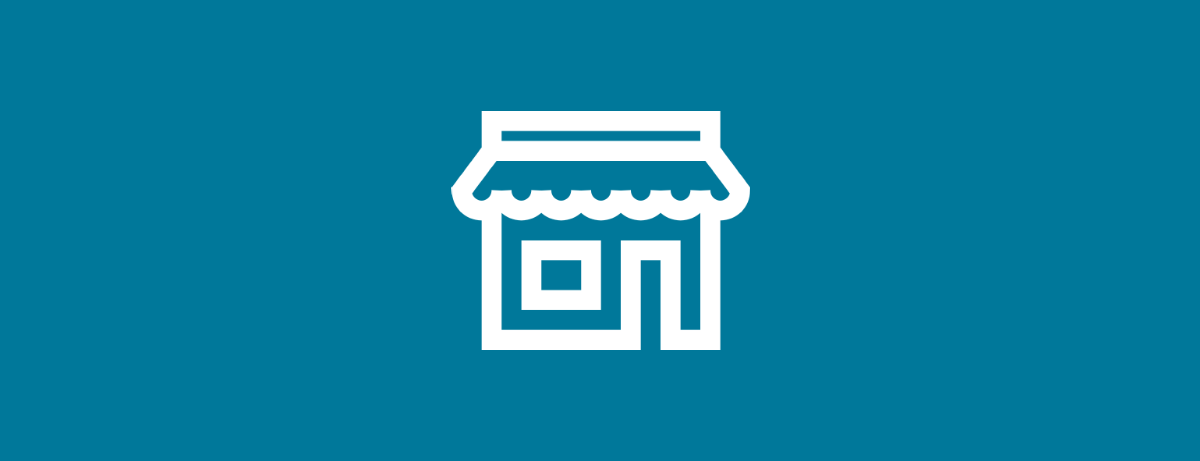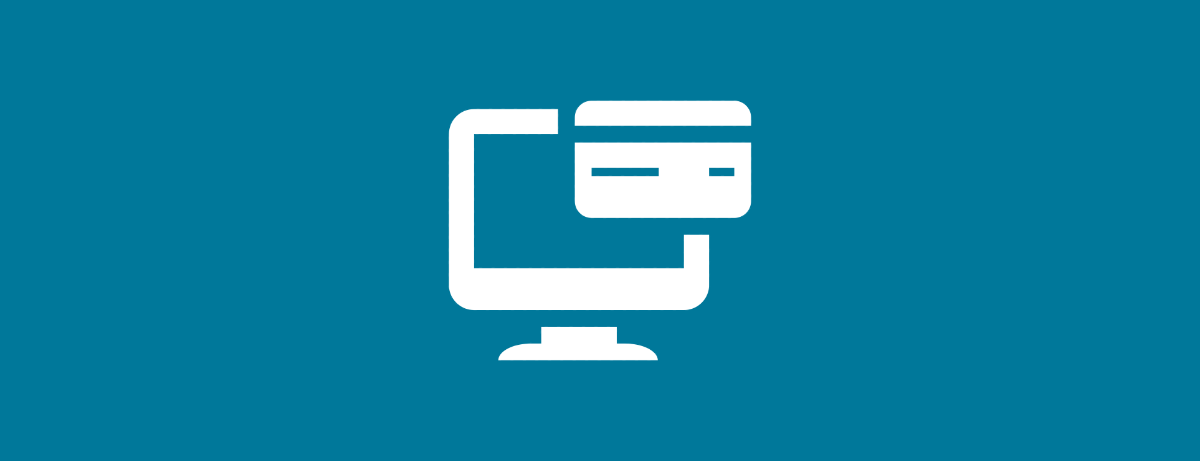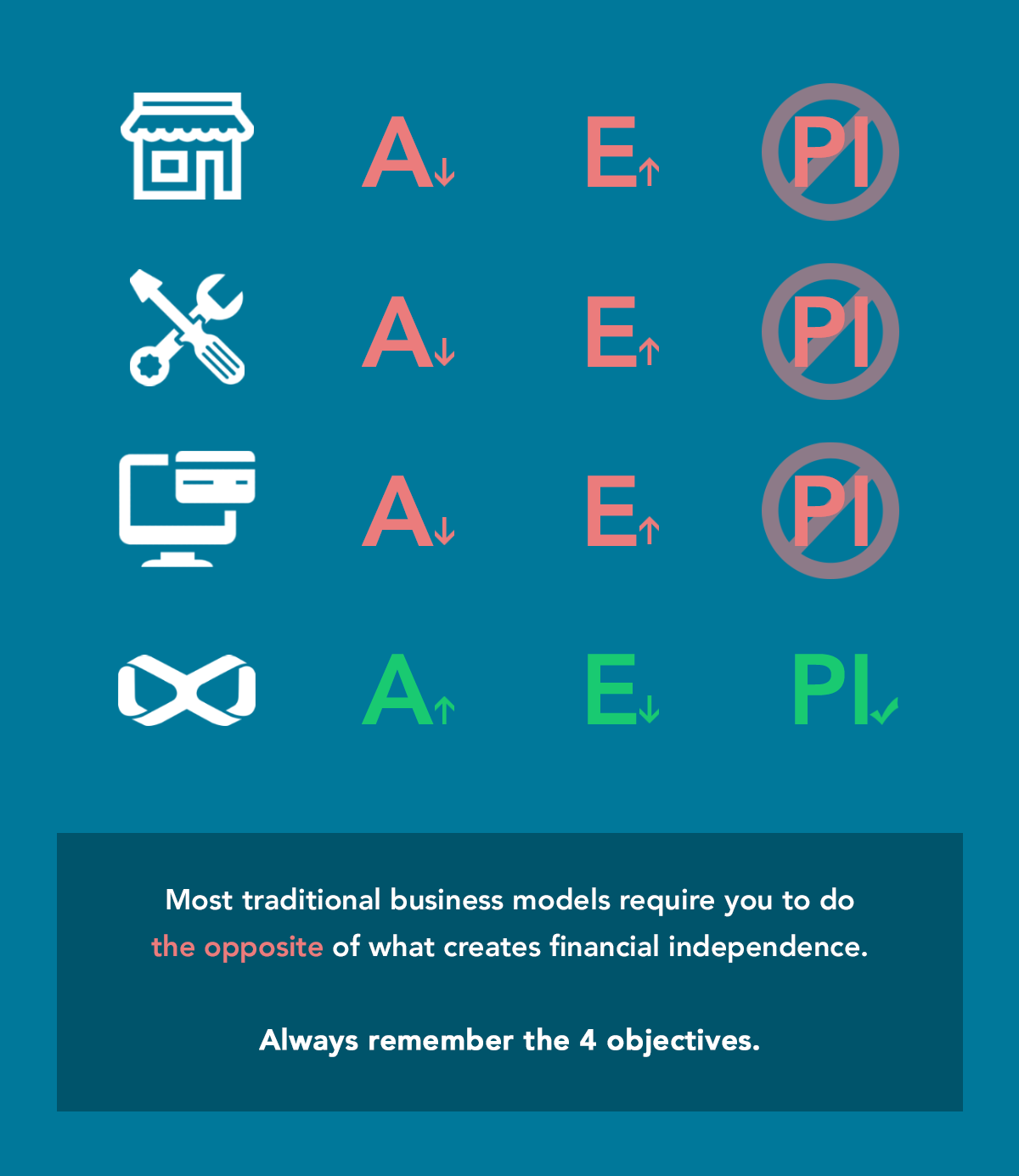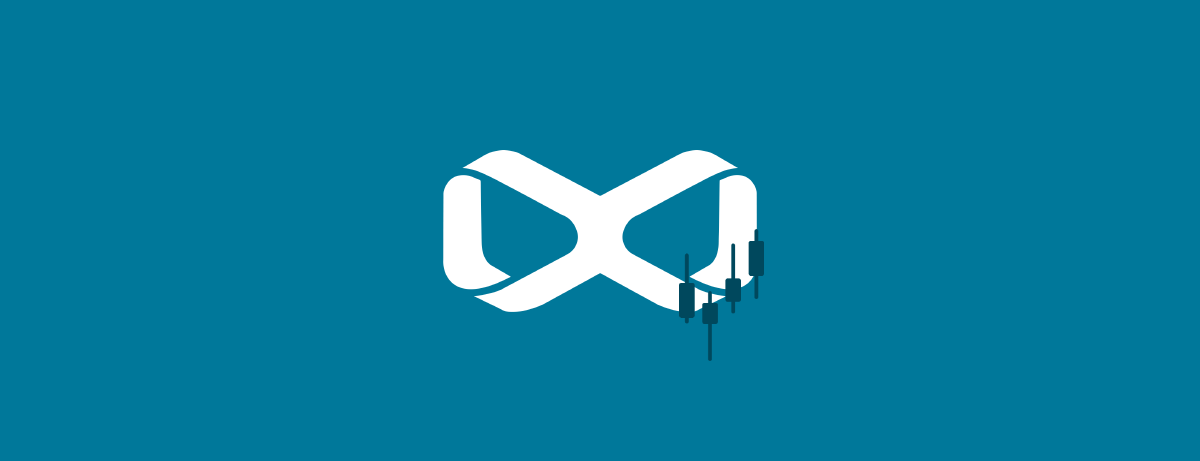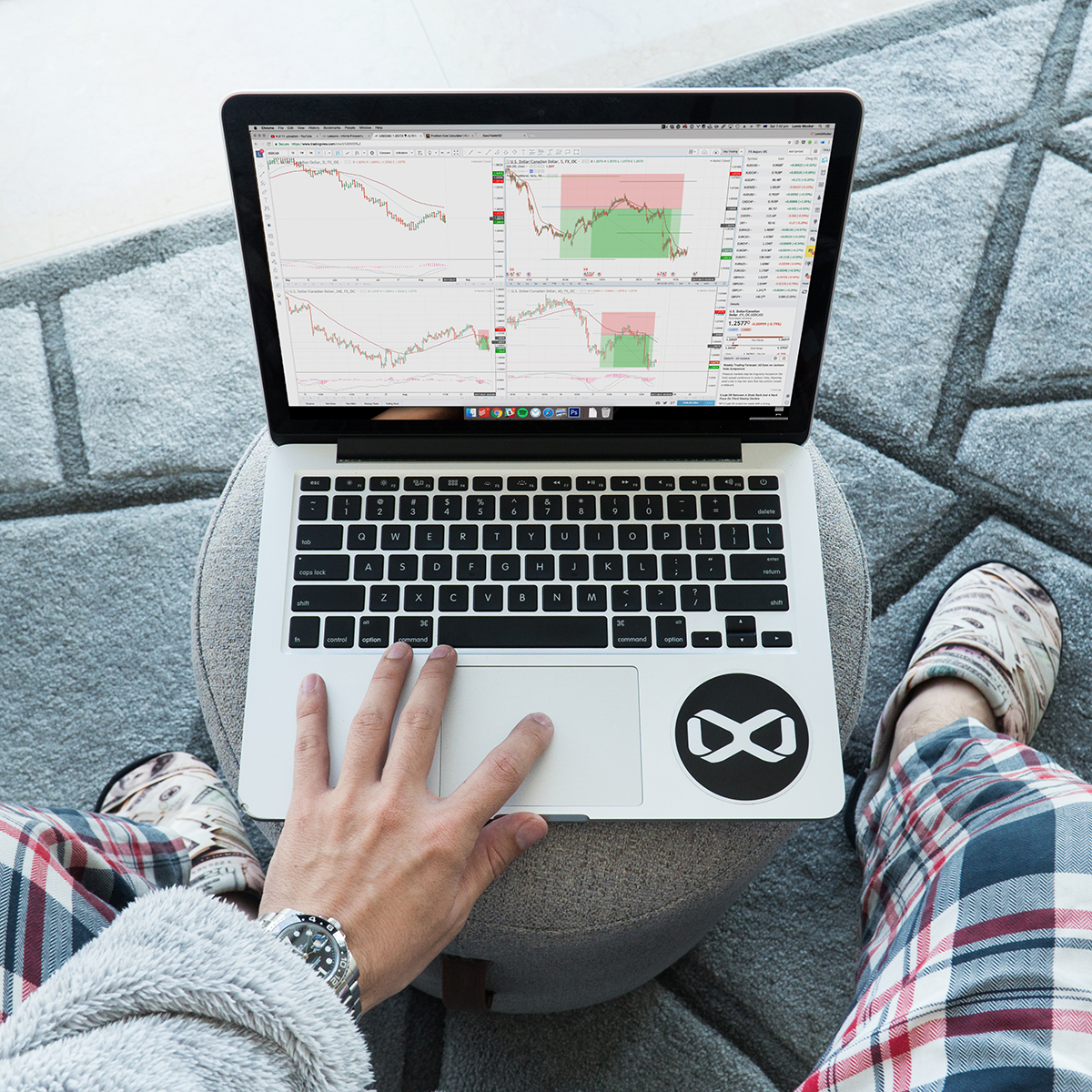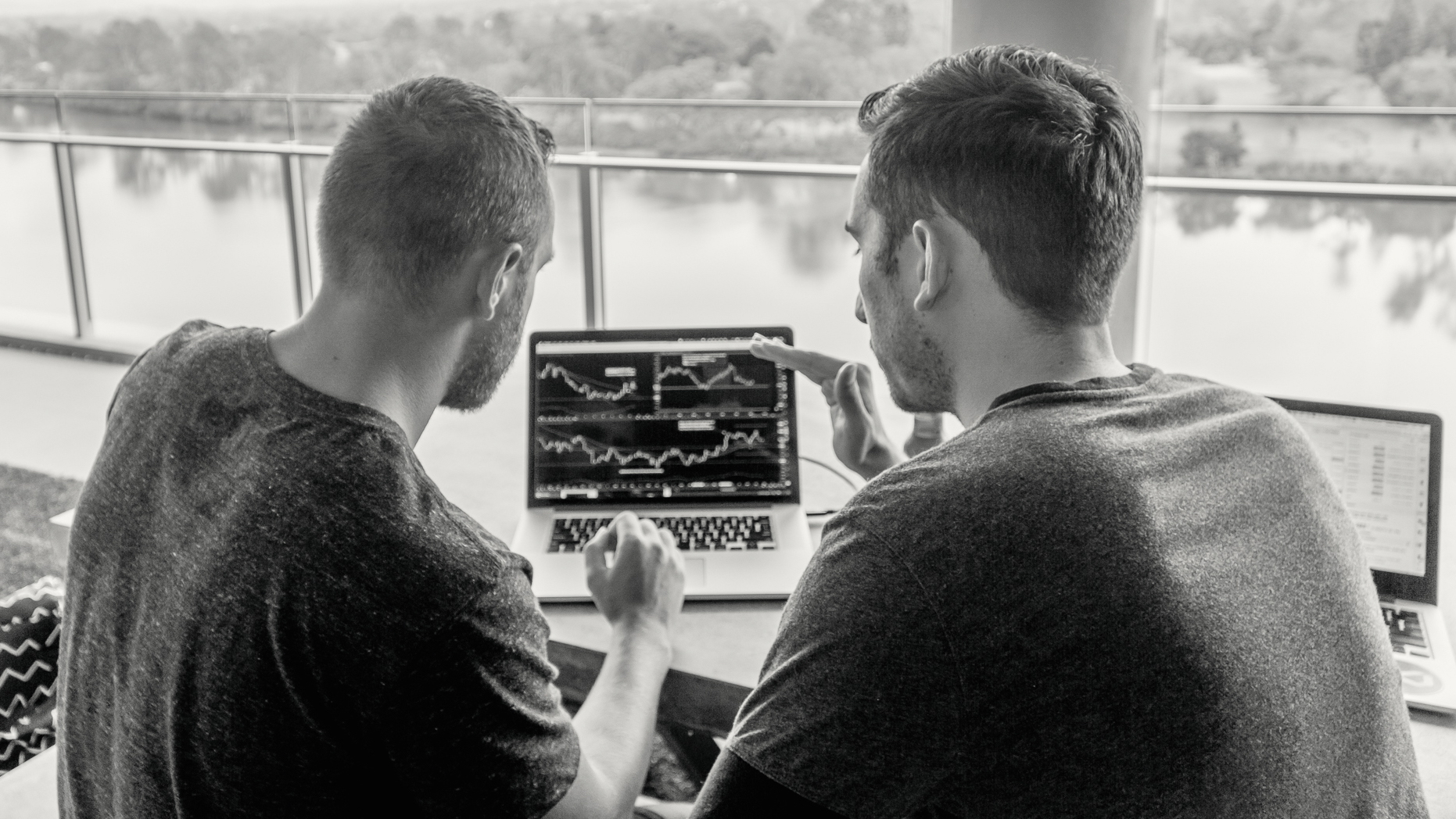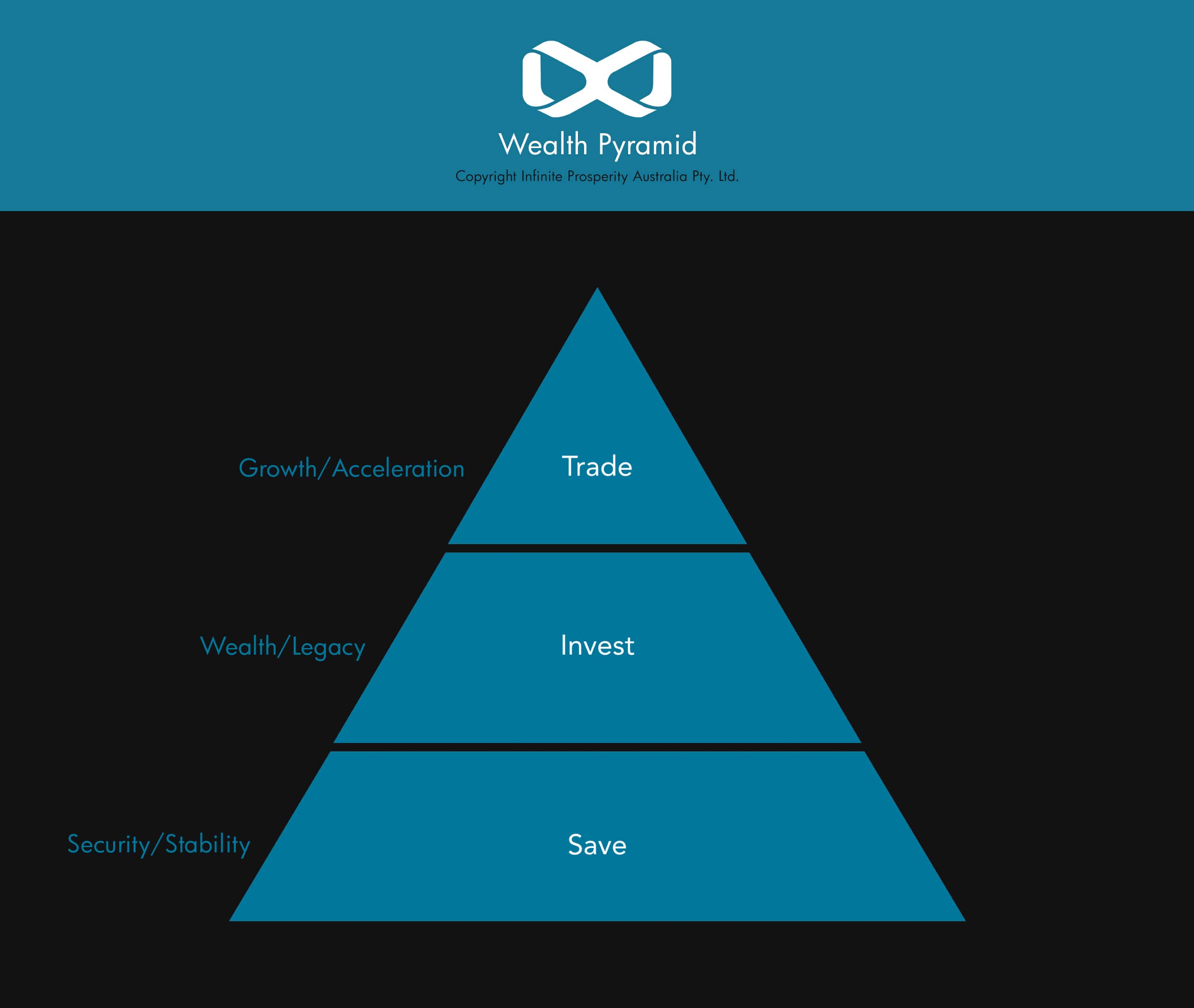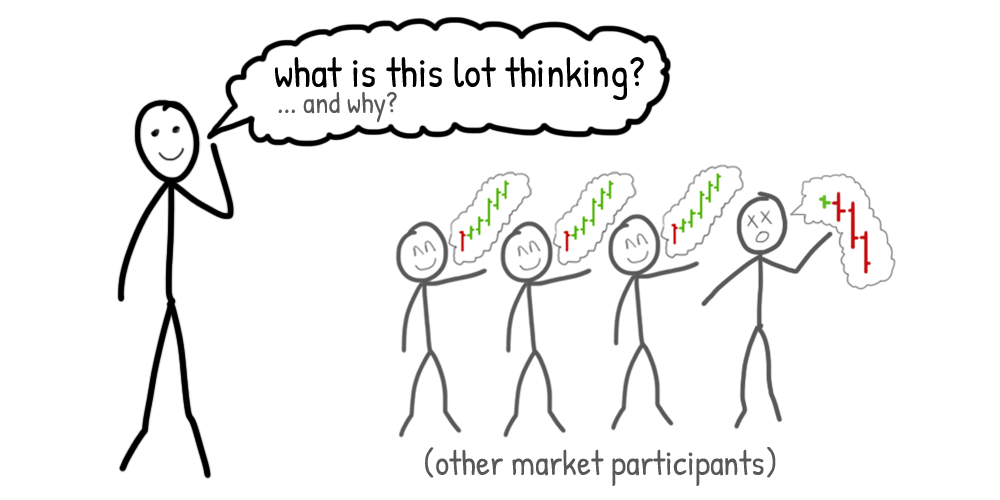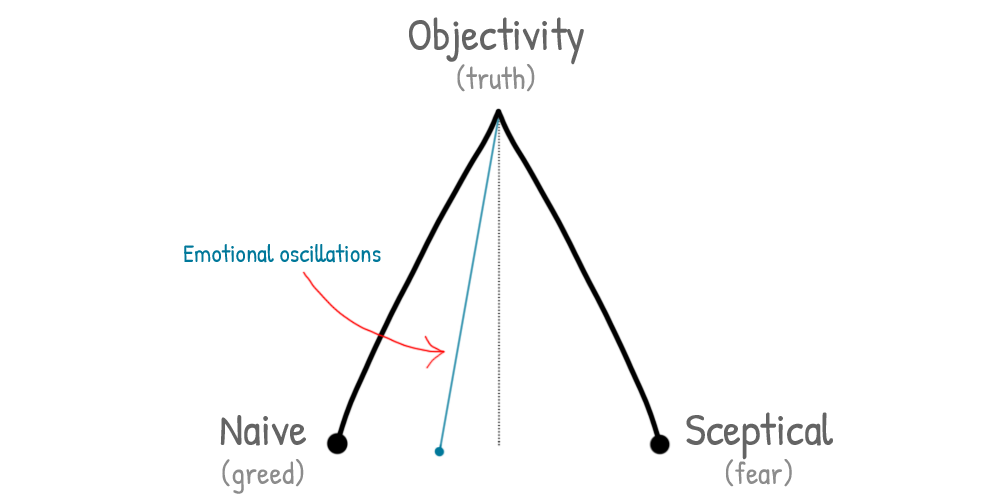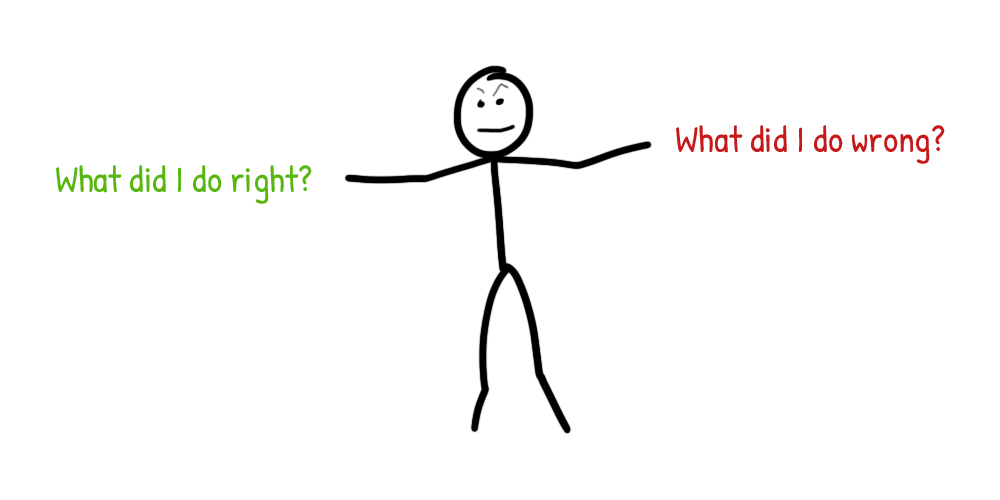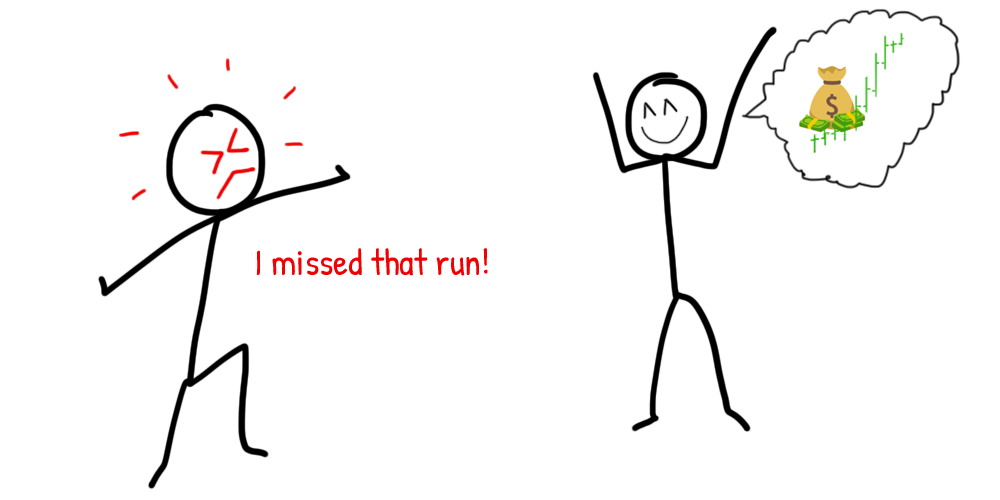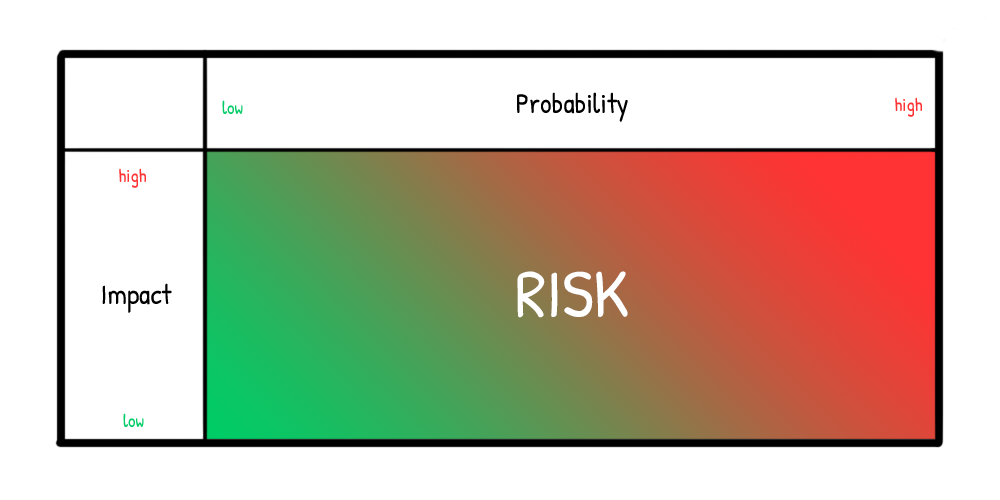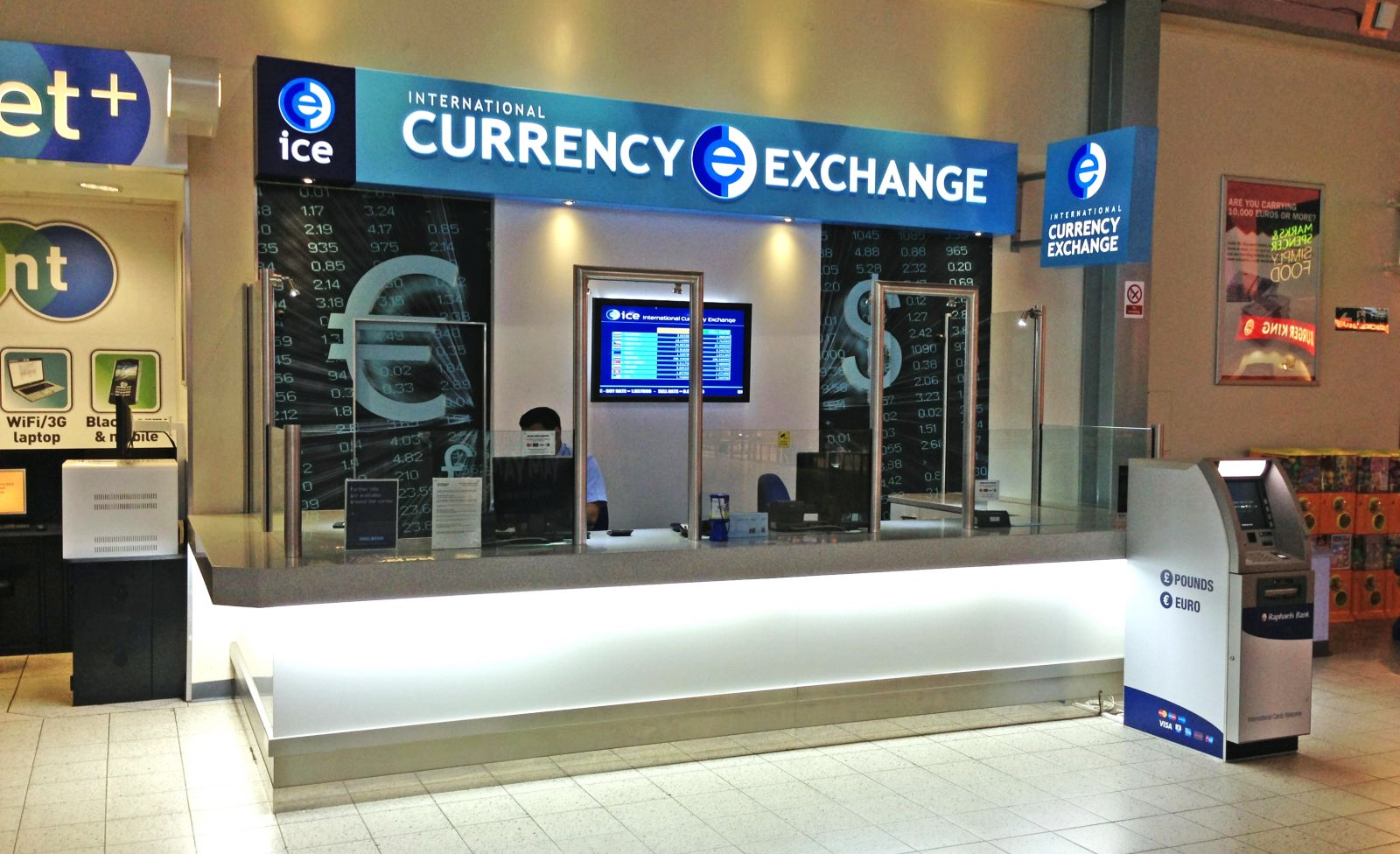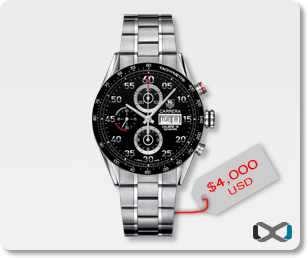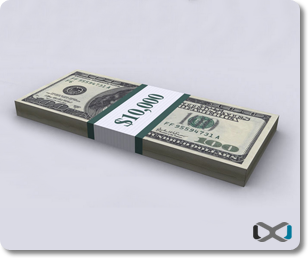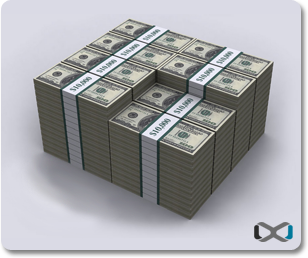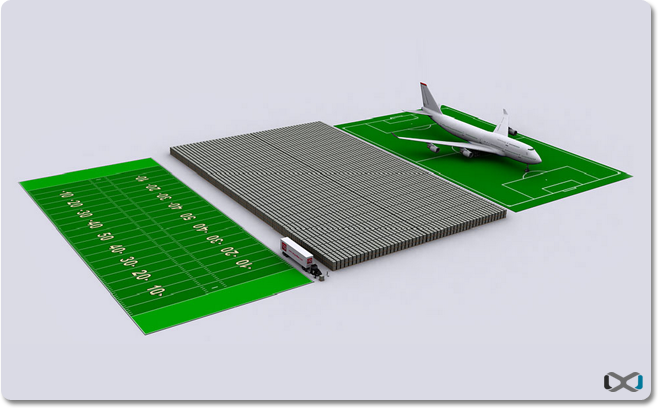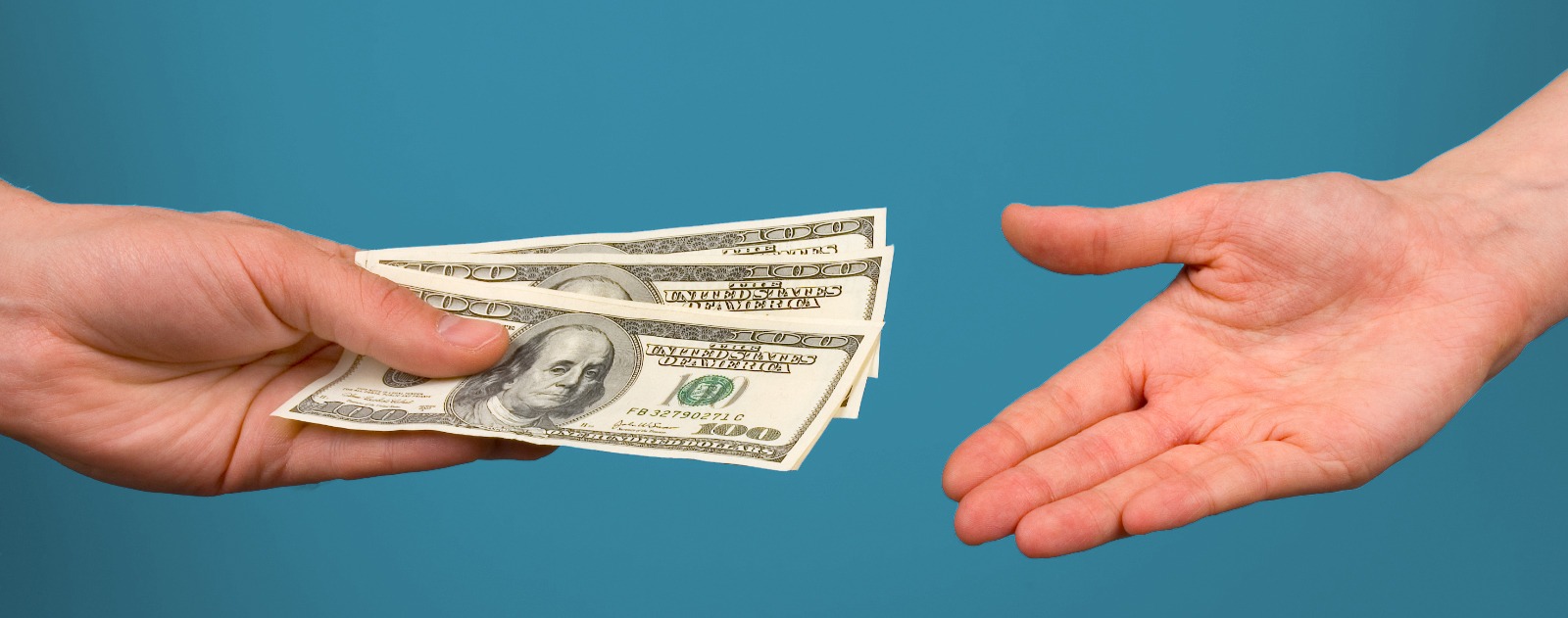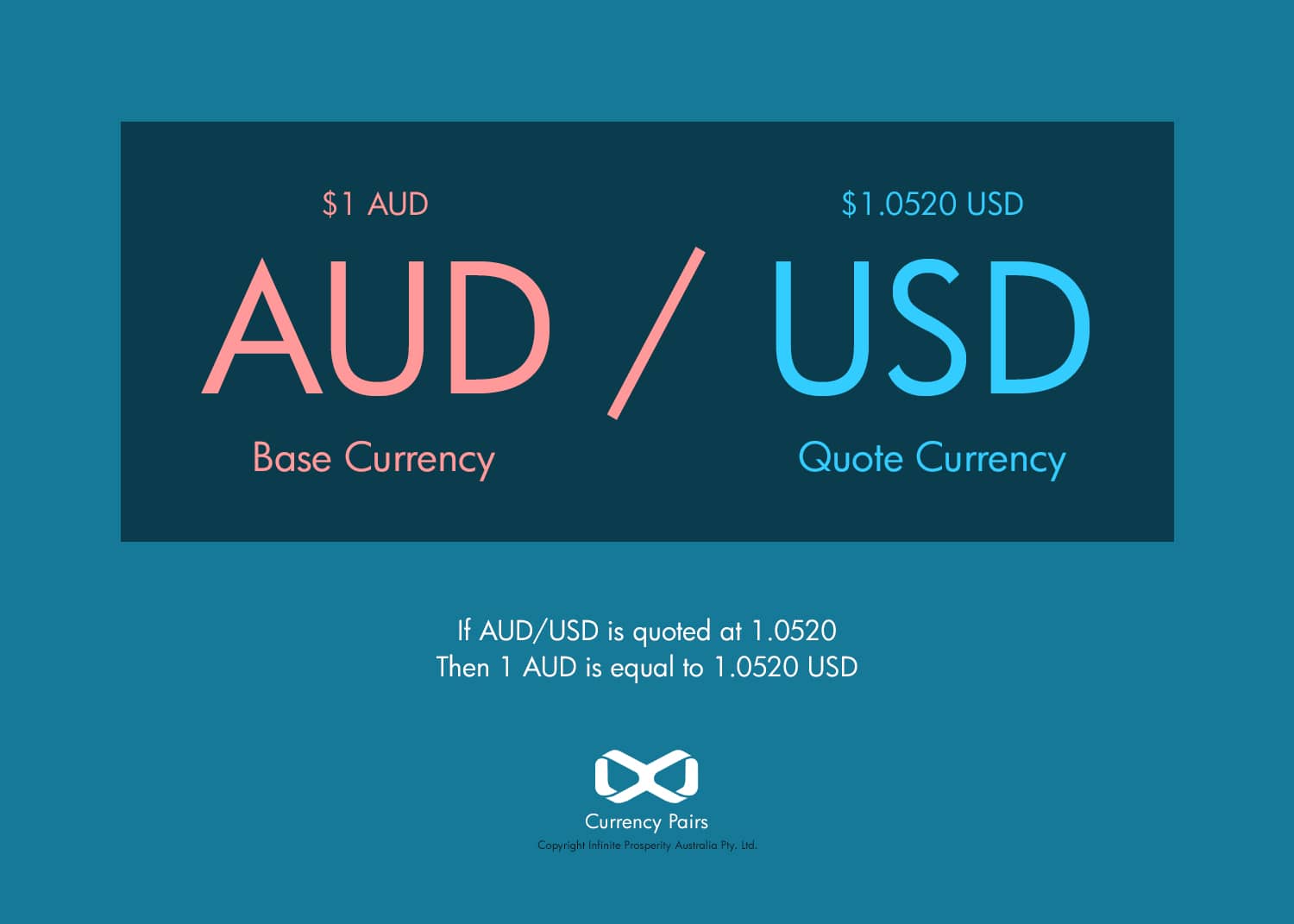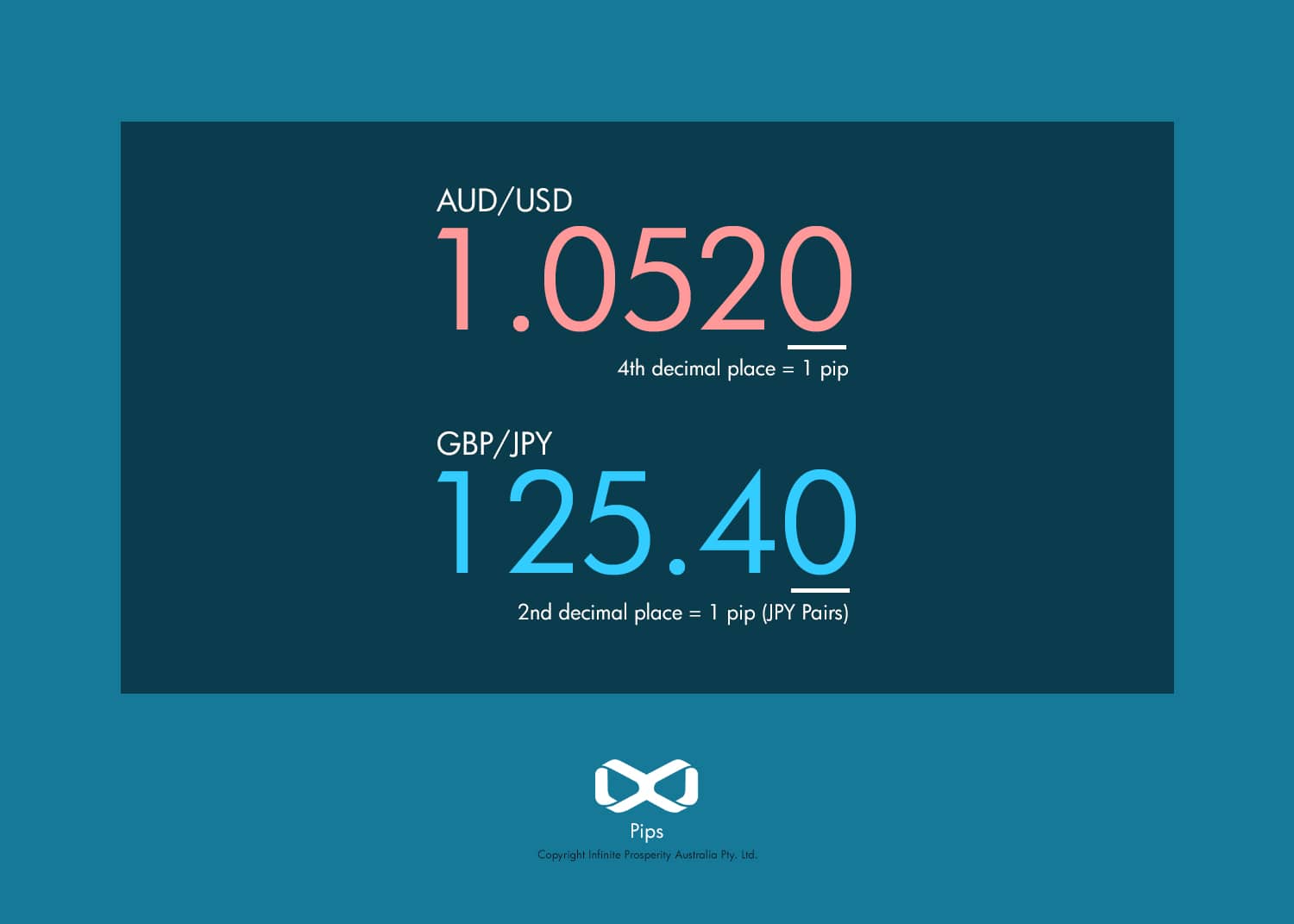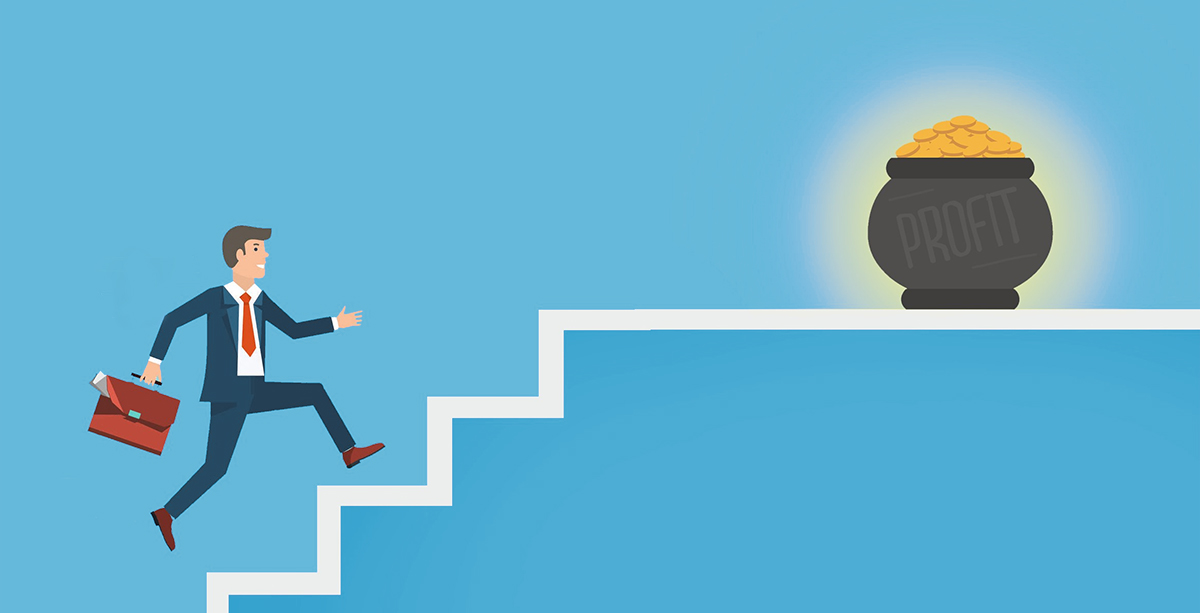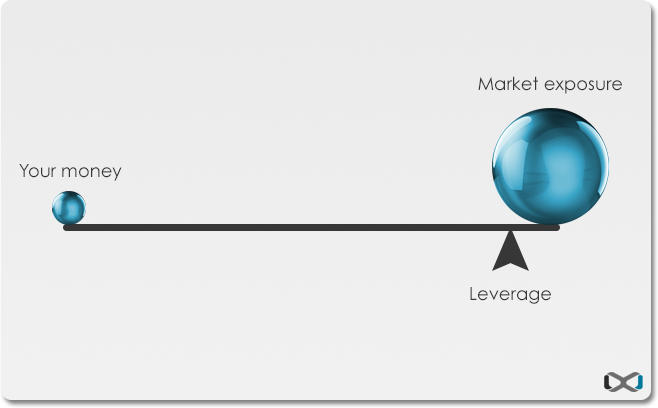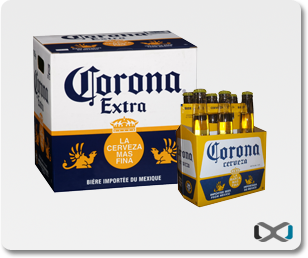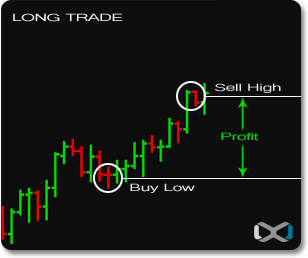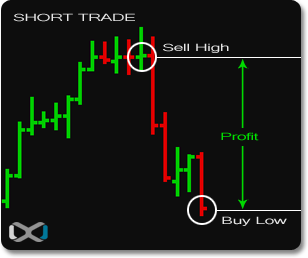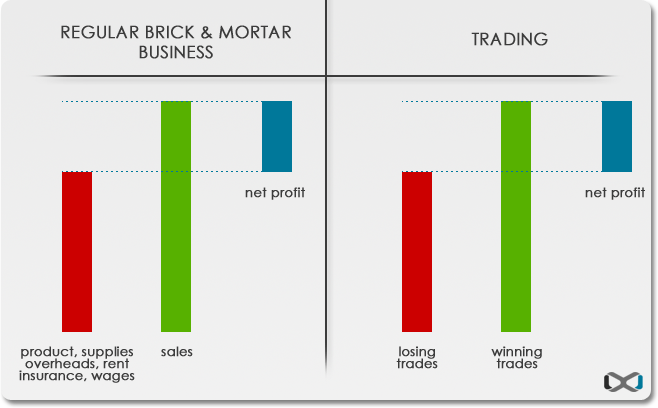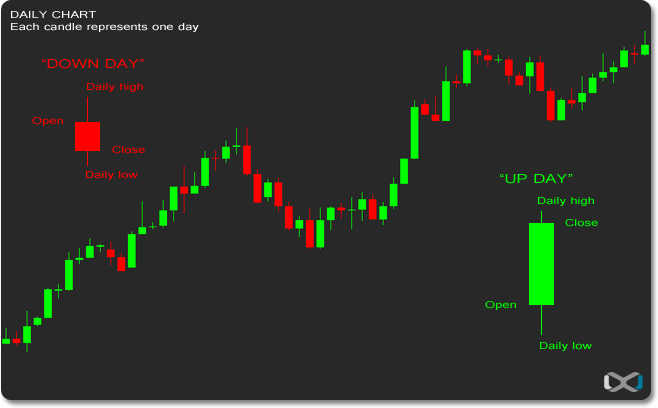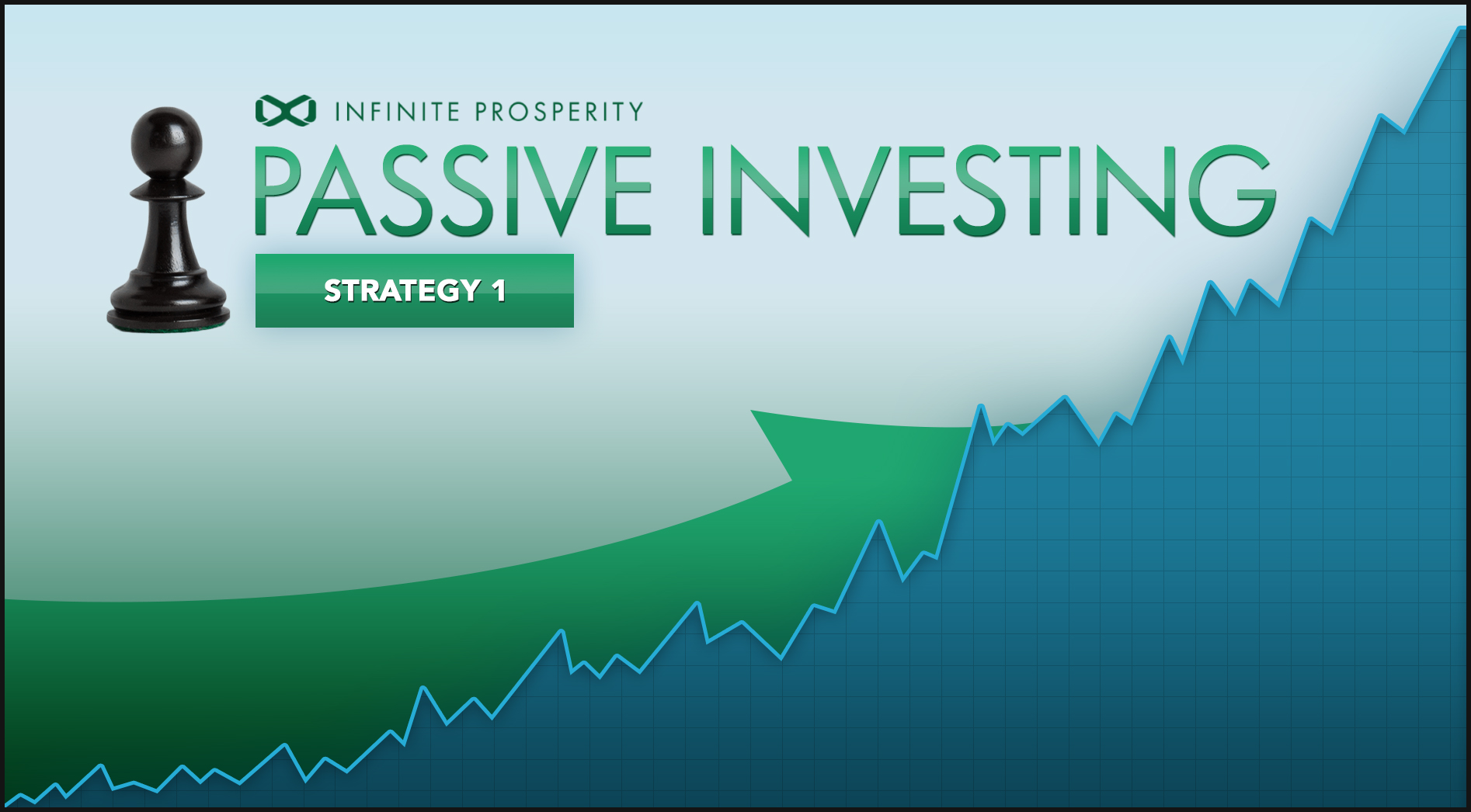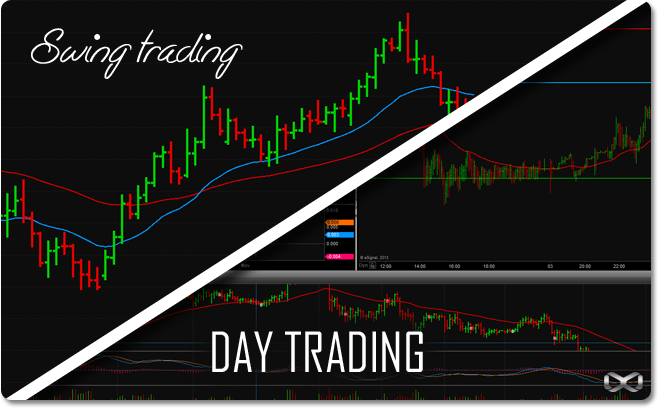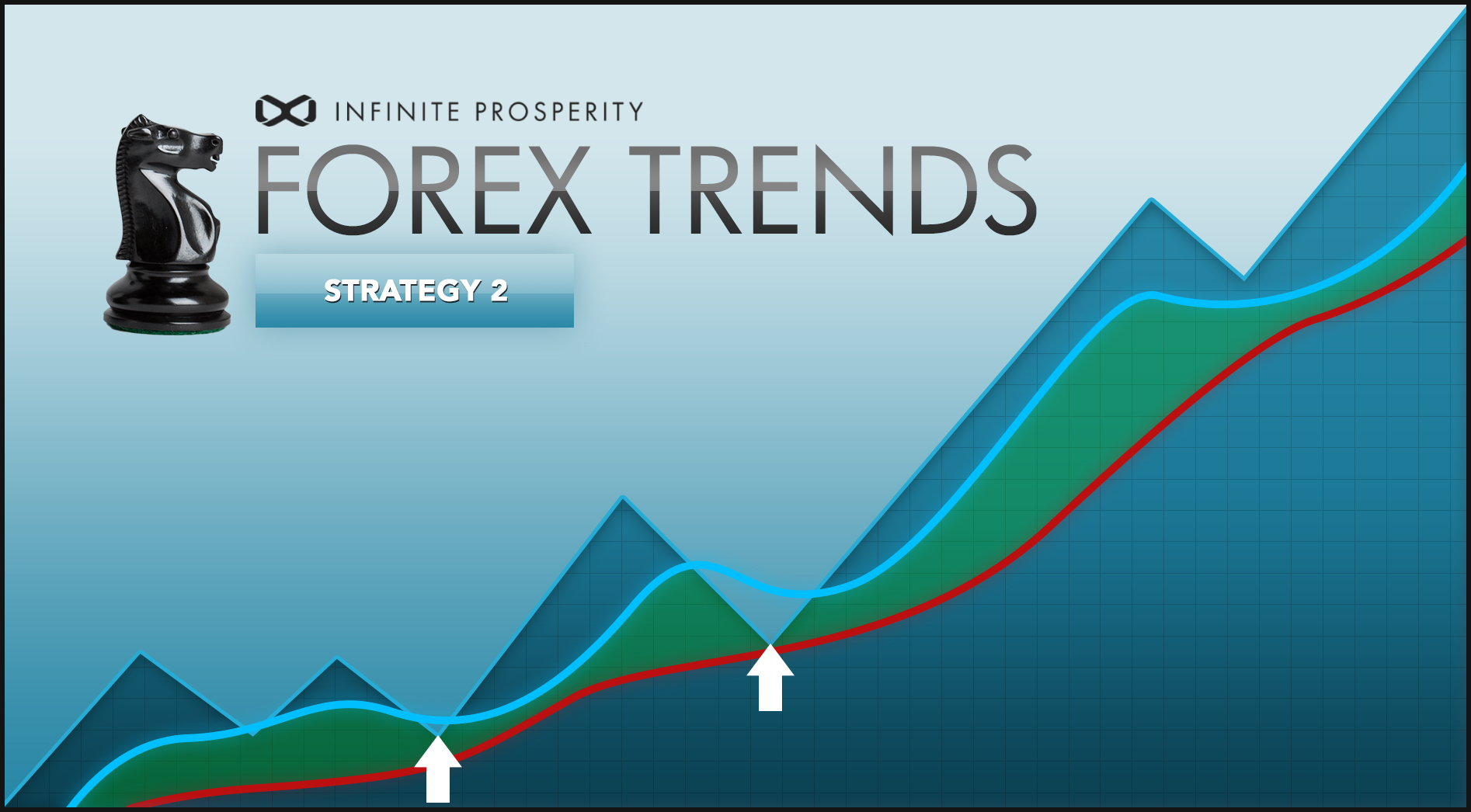0
No unread messages
1,556
matthew stott accepted your friendship requestjordan6839 commented on one of your updatesYou have 3 new repliesYou have a friendship request from Jay WilkinsTomas commented on one of your updatesTomas commented on one of your updatesYou have a friendship request from VictorYou have a friendship request from VictorKowaski L Martin mentioned youYou have a friendship request from kara6336You have a friendship request from kealeboga MolefeYou have a friendship request from TomasYou have a friendship request from Fredy MesaYou have a friendship request from Fredy MesaYou have a friendship request from Fredy MesaYou have a friendship request from Fredy MesaYou have a friendship request from Fredy MesaYou have a friendship request from Fredy MesaYou have a friendship request from Fredy MesaYou have a friendship request from Fredy MesaYou have a friendship request from Fredy MesaYou have a friendship request from Fredy MesaYou have a friendship request from Fredy MesaYou have a friendship request from Fredy MesaYou have a friendship request from Fredy MesaYou have a friendship request from Fredy MesaYou have a friendship request from Fredy MesaYou have a friendship request from Fredy MesaYou have a friendship request from Fredy MesaYou have a friendship request from Fredy MesaYou have a friendship request from Fredy MesaYou have a friendship request from Fredy MesaYou have a friendship request from Fredy MesaYou have a friendship request from Fredy MesaYou have a friendship request from Fredy MesaYou have a friendship request from Fredy MesaYou have a friendship request from Fredy MesaYou have a friendship request from Fredy MesaYou have a friendship request from Fredy MesaYou have a friendship request from Fredy MesaYou have a friendship request from Fredy MesaYou have a friendship request from Fredy MesaYou have a friendship request from Fredy MesaYou have a friendship request from Fredy MesaYou have a friendship request from Fredy MesaYou have a friendship request from Fredy MesaYou have a friendship request from Fredy MesaYou have a friendship request from Fredy MesaYou have a friendship request from Fredy MesaYou have a friendship request from Fredy MesaYou have a friendship request from Fredy MesaYou have a friendship request from Fredy MesaYou have a friendship request from Fredy MesaYou have a friendship request from Fredy MesaYou have a friendship request from Fredy MesaYou have a friendship request from Fredy MesaYou have a friendship request from Fredy MesaYou have a friendship request from Fredy MesaYou have a friendship request from Fredy MesaYou have a friendship request from Fredy MesaYou have a friendship request from Fredy MesaYou have a friendship request from Fredy MesaYou have a friendship request from Fredy MesaYou have a friendship request from Fredy MesaYou have a friendship request from Fredy MesaYou have a friendship request from Fredy MesaYou have a friendship request from Fredy MesaYou have a friendship request from Fredy MesaYou have a friendship request from Fredy MesaYou have a friendship request from Fredy MesaYou have a friendship request from Fredy MesaYou have a friendship request from Fredy MesaYou have a friendship request from Fredy MesaYou have a friendship request from Fredy MesaYou have a friendship request from Fredy MesaYou have a friendship request from Fredy MesaYou have a friendship request from Fredy MesaYou have a friendship request from Fredy MesaYou have a friendship request from Fredy MesaYou have a friendship request from Fredy MesaYou have a friendship request from Fredy MesaYou have a friendship request from Fredy MesaYou have a friendship request from Fredy MesaYou have a friendship request from Fredy MesaYou have a friendship request from Fredy MesaYou have a friendship request from Fredy MesaYou have a friendship request from Fredy MesaYou have a friendship request from Fredy MesaYou have a friendship request from Fredy MesaYou have a friendship request from Fredy MesaYou have a friendship request from Fredy MesaYou have a friendship request from Fredy MesaYou have a friendship request from Fredy MesaYou have a friendship request from Fredy MesaYou have a friendship request from Fredy MesaYou have a friendship request from Fredy MesaYou have a friendship request from Fredy MesaYou have a friendship request from Fredy MesaYou have a friendship request from Fredy MesaYou have a friendship request from Fredy MesaYou have a friendship request from Fredy MesaYou have a friendship request from Fredy MesaYou have a friendship request from Fredy MesaYou have a friendship request from Fredy MesaYou have a friendship request from Fredy MesaYou have a friendship request from Fredy MesaYou have a friendship request from Fredy MesaYou have a friendship request from Fredy MesaYou have a friendship request from Fredy MesaYou have a friendship request from Fredy MesaYou have a friendship request from Fredy MesaYou have a friendship request from Fredy MesaYou have a friendship request from Fredy MesaYou have a friendship request from Fredy MesaYou have a friendship request from Fredy MesaYou have a friendship request from Fredy MesaYou have a friendship request from Fredy MesaYou have a friendship request from Fredy MesaYou have a friendship request from Fredy MesaYou have a friendship request from Fredy MesaYou have a friendship request from Fredy MesaYou have a friendship request from Fredy MesaYou have a friendship request from Fredy MesaYou have a friendship request from Fredy MesaYou have a friendship request from Fredy MesaYou have a friendship request from Fredy MesaYou have a friendship request from Fredy MesaYou have a friendship request from Fredy MesaYou have a friendship request from Fredy MesaYou have a friendship request from Fredy MesaYou have a friendship request from Fredy MesaYou have a friendship request from Fredy MesaYou have a friendship request from Fredy MesaYou have a friendship request from Fredy MesaYou have a friendship request from Fredy MesaYou have a friendship request from Fredy MesaYou have a friendship request from Fredy MesaYou have a friendship request from Fredy MesaYou have a friendship request from Fredy MesaYou have a friendship request from Fredy MesaYou have a friendship request from Fredy MesaYou have a friendship request from Fredy MesaYou have a friendship request from Fredy MesaYou have a friendship request from Fredy MesaYou have a friendship request from Fredy MesaYou have a friendship request from Fredy MesaYou have a friendship request from Fredy MesaYou have a friendship request from Fredy MesaYou have a friendship request from Fredy MesaYou have a friendship request from Fredy MesaYou have a friendship request from Fredy MesaYou have a friendship request from Fredy MesaYou have a friendship request from Fredy MesaYou have a friendship request from Fredy MesaYou have a friendship request from Fredy MesaYou have a friendship request from Fredy MesaYou have a friendship request from Fredy MesaYou have a friendship request from Fredy MesaYou have a friendship request from Fredy MesaYou have a friendship request from Fredy MesaYou have a friendship request from Fredy MesaYou have a friendship request from Fredy MesaYou have a friendship request from Fredy MesaYou have a friendship request from Fredy MesaYou have a friendship request from Fredy MesaYou have a friendship request from Fredy MesaYou have a friendship request from Fredy MesaYou have a friendship request from Fredy MesaYou have a friendship request from Fredy MesaYou have a friendship request from Fredy MesaYou have a friendship request from Fredy MesaYou have a friendship request from Fredy MesaYou have a friendship request from Fredy MesaYou have a friendship request from Fredy MesaYou have 2 pending friendship requestsYou have a friendship request from Fredy MesaYou have a friendship request from Fredy MesaYou have a friendship request from Fredy MesaYou have a friendship request from Fredy MesaYou have a friendship request from Fredy MesaYou have a friendship request from Fredy MesaYou have a friendship request from Fredy MesaYou have a friendship request from Fredy MesaYou have a friendship request from Fredy MesaYou have a friendship request from Fredy MesaYou have a friendship request from Fredy MesaYou have a friendship request from Fredy MesaYou have a friendship request from Fredy MesaYou have a friendship request from Fredy MesaYou have a friendship request from Fredy MesaYou have a friendship request from Fredy MesaYou have a friendship request from Fredy MesaYou have a friendship request from Fredy MesaYou have a friendship request from Fredy MesaYou have a friendship request from Fredy MesaYou have a friendship request from Fredy MesaYou have a friendship request from Fredy MesaYou have a friendship request from Fredy MesaYou have a friendship request from Fredy MesaYou have a friendship request from Fredy MesaYou have a friendship request from Fredy MesaYou have a friendship request from Fredy MesaYou have a friendship request from Fredy MesaYou have a friendship request from Fredy MesaYou have a friendship request from Fredy MesaYou have a friendship request from Fredy MesaYou have a friendship request from Fredy MesaYou have a friendship request from Fredy MesaYou have a friendship request from Fredy MesaYou have a friendship request from Fredy MesaYou have a friendship request from Fredy MesaYou have a friendship request from Fredy MesaYou have a friendship request from Fredy MesaYou have a friendship request from Fredy MesaYou have a friendship request from Fredy MesaYou have a friendship request from Fredy MesaYou have a friendship request from Fredy MesaYou have a friendship request from Fredy MesaYou have a friendship request from Fredy MesaYou have a friendship request from Fredy MesaYou have a friendship request from Fredy MesaYou have a friendship request from Fredy MesaYou have a friendship request from Fredy MesaYou have a friendship request from Fredy MesaYou have a friendship request from Fredy MesaYou have a friendship request from Fredy MesaYou have a friendship request from Fredy MesaYou have a friendship request from Fredy MesaYou have a friendship request from Fredy MesaYou have a friendship request from Fredy MesaYou have a friendship request from Fredy MesaYou have a friendship request from Fredy MesaYou have a friendship request from Fredy MesaYou have a friendship request from Fredy MesaYou have a friendship request from Fredy MesaYou have a friendship request from Fredy MesaYou have a friendship request from Fredy MesaYou have a friendship request from Fredy MesaYou have a friendship request from Fredy MesaYou have a friendship request from Fredy MesaYou have a friendship request from Fredy MesaYou have a friendship request from Fredy MesaYou have a friendship request from Fredy MesaYou have a friendship request from Fredy MesaYou have a friendship request from Fredy MesaYou have a friendship request from Fredy MesaYou have a friendship request from Fredy MesaYou have a friendship request from Fredy MesaYou have a friendship request from Fredy MesaYou have a friendship request from Fredy MesaYou have a friendship request from Fredy MesaYou have a friendship request from Fredy MesaYou have a friendship request from Fredy MesaYou have a friendship request from Fredy MesaYou have a friendship request from Fredy MesaYou have a friendship request from Fredy MesaYou have a friendship request from Fredy MesaYou have a friendship request from Fredy MesaYou have a friendship request from Fredy MesaYou have a friendship request from Fredy MesaYou have a friendship request from Fredy MesaYou have a friendship request from Fredy MesaYou have a friendship request from Fredy MesaYou have a friendship request from Fredy MesaYou have a friendship request from Fredy MesaYou have a friendship request from Fredy MesaYou have a friendship request from Fredy MesaYou have a friendship request from Fredy MesaYou have a friendship request from Fredy MesaYou have a friendship request from Fredy MesaYou have a friendship request from Fredy MesaYou have a friendship request from Fredy MesaYou have a friendship request from Fredy MesaYou have a friendship request from Fredy MesaYou have a friendship request from Fredy MesaYou have a friendship request from Fredy MesaYou have a friendship request from Fredy MesaYou have a friendship request from Fredy MesaYou have a friendship request from Fredy MesaYou have a friendship request from Fredy MesaYou have a friendship request from Fredy MesaYou have a friendship request from Fredy MesaYou have a friendship request from Fredy MesaYou have a friendship request from Fredy MesaYou have a friendship request from Fredy MesaYou have a friendship request from Fredy MesaYou have a friendship request from Fredy MesaYou have a friendship request from Fredy MesaYou have a friendship request from Fredy MesaYou have a friendship request from Fredy MesaYou have a friendship request from Fredy MesaYou have a friendship request from Fredy MesaYou have a friendship request from Fredy MesaYou have a friendship request from Fredy MesaYou have a friendship request from Fredy MesaYou have a friendship request from Fredy MesaYou have a friendship request from Fredy MesaYou have a friendship request from Fredy MesaYou have a friendship request from Fredy MesaYou have a friendship request from Fredy MesaYou have a friendship request from Fredy MesaYou have a friendship request from Fredy MesaYou have a friendship request from Fredy MesaYou have a friendship request from Fredy MesaYou have a friendship request from Fredy MesaYou have a friendship request from Fredy MesaYou have a friendship request from Fredy MesaYou have a friendship request from Fredy MesaYou have a friendship request from Fredy MesaYou have a friendship request from Fredy MesaYou have a friendship request from Fredy MesaYou have a friendship request from Fredy MesaYou have a friendship request from Fredy MesaYou have a friendship request from Fredy MesaYou have a friendship request from Fredy MesaYou have a friendship request from Fredy MesaYou have a friendship request from Fredy MesaYou have a friendship request from Fredy MesaYou have a friendship request from Fredy MesaYou have a friendship request from Fredy MesaYou have a friendship request from Fredy MesaYou have a friendship request from Fredy MesaYou have a friendship request from Fredy MesaYou have a friendship request from Fredy MesaYou have a friendship request from Fredy MesaYou have a friendship request from Fredy MesaYou have a friendship request from Fredy MesaYou have a friendship request from Fredy MesaYou have a friendship request from Fredy MesaYou have a friendship request from Fredy MesaYou have a friendship request from Fredy MesaYou have a friendship request from Fredy MesaYou have a friendship request from Fredy MesaYou have a friendship request from Fredy MesaYou have a friendship request from Fredy MesaYou have a friendship request from Fredy MesaYou have a friendship request from Fredy MesaYou have a friendship request from Fredy MesaYou have a friendship request from Fredy MesaYou have a friendship request from Fredy MesaYou have a friendship request from Fredy MesaYou have a friendship request from Fredy MesaYou have a friendship request from Fredy MesaYou have a friendship request from Fredy MesaYou have a friendship request from Fredy MesaYou have a friendship request from Fredy MesaYou have a friendship request from Fredy MesaYou have a friendship request from Fredy MesaYou have a friendship request from Fredy MesaYou have a friendship request from Fredy MesaYou have a friendship request from Fredy MesaYou have a friendship request from Fredy MesaYou have a friendship request from Fredy MesaYou have a friendship request from Fredy MesaYou have a friendship request from Fredy MesaYou have a friendship request from Fredy MesaYou have a friendship request from Fredy MesaYou have a friendship request from Fredy MesaYou have a friendship request from Fredy MesaYou have a friendship request from Fredy MesaYou have a friendship request from Fredy MesaYou have a friendship request from Fredy MesaYou have a friendship request from Fredy MesaYou have a friendship request from Fredy MesaYou have a friendship request from Fredy MesaYou have a friendship request from Fredy MesaYou have a friendship request from Fredy MesaYou have a friendship request from Fredy MesaYou have a friendship request from Fredy MesaYou have a friendship request from Fredy MesaYou have a friendship request from Fredy MesaYou have a friendship request from Fredy MesaYou have a friendship request from Fredy MesaYou have a friendship request from Fredy MesaYou have a friendship request from Fredy MesaYou have a friendship request from Fredy MesaYou have a friendship request from Fredy MesaYou have a friendship request from Fredy MesaYou have a friendship request from Fredy MesaYou have a friendship request from Fredy MesaYou have a friendship request from Fredy MesaYou have a friendship request from Fredy MesaYou have a friendship request from Fredy MesaYou have a friendship request from Fredy MesaYou have a friendship request from Fredy MesaYou have a friendship request from Fredy MesaYou have a friendship request from Fredy MesaYou have a friendship request from Fredy MesaYou have a friendship request from Fredy MesaYou have a friendship request from Fredy MesaYou have a friendship request from Fredy MesaYou have a friendship request from Fredy MesaYou have a friendship request from Fredy MesaYou have a friendship request from Fredy MesaYou have a friendship request from Fredy MesaYou have a friendship request from Fredy MesaYou have a friendship request from Fredy MesaYou have a friendship request from Fredy MesaYou have a friendship request from Fredy MesaYou have a friendship request from Fredy MesaYou have a friendship request from Fredy MesaYou have a friendship request from Fredy MesaYou have a friendship request from Fredy MesaYou have a friendship request from Fredy MesaYou have a friendship request from Fredy MesaYou have a friendship request from Fredy MesaYou have a friendship request from Fredy MesaYou have a friendship request from Fredy MesaYou have a friendship request from Fredy MesaYou have a friendship request from Fredy MesaYou have a friendship request from Fredy MesaYou have a friendship request from Fredy MesaYou have a friendship request from Fredy MesaYou have a friendship request from Fredy MesaYou have a friendship request from Fredy MesaYou have a friendship request from Fredy MesaYou have a friendship request from Fredy MesaYou have a friendship request from Fredy MesaYou have a friendship request from Fredy MesaYou have a friendship request from Fredy MesaYou have a friendship request from Fredy MesaYou have a friendship request from Fredy MesaYou have a friendship request from Fredy MesaYou have a friendship request from Fredy MesaYou have a friendship request from Fredy MesaYou have a friendship request from Fredy MesaYou have 3 new repliesYou have a friendship request from Fredy MesaYou have a friendship request from Fredy MesaYou have a friendship request from Fredy MesaYou have a friendship request from Fredy MesaYou have a friendship request from Fredy MesaYou have a friendship request from Fredy MesaYou have a friendship request from Fredy MesaYou have a friendship request from Fredy MesaYou have a friendship request from Fredy MesaYou have a friendship request from Fredy MesaYou have a friendship request from Fredy MesaYou have a friendship request from Fredy MesaYou have a friendship request from Fredy MesaFredy Mesa commented on one of your updatesYou have 2 new repliesSamuel Lee commented on one of your updatesYou have 3 pending friendship requestsYou have a friendship request from Alyse GraceYou have a friendship request from Alyse GraceYou have a friendship request from Alyse GraceYou have 2 pending friendship requestsYou have a friendship request from Alyse GraceYou have a friendship request from Alyse GraceYou have a friendship request from Alyse GraceYou have a friendship request from Alyse GraceYou have a friendship request from Alyse GraceYou have a friendship request from Alyse GraceYou have a friendship request from Alyse GraceRob Beck commented on one of your updatesRob Beck commented on one of your updatesYou have 2 new repliesYou have 4 new repliesYou have 2 new repliesYou have 4 new repliesYou have 2 new repliesYou have 4 new repliesYou have a friendship request from Fredy MesaFredy Mesa commented on one of your updatesYou have 5 new repliesYou have a friendship request from amareshpanda9023You have a friendship request from amareshpanda9023You have a friendship request from amareshpanda9023You have a friendship request from amareshpanda9023You have a friendship request from amareshpanda9023You have a friendship request from amareshpanda9023You have a friendship request from amareshpanda9023You have a friendship request from amareshpanda9023You have 2 pending friendship requestsXavier mentioned youYou have 3 new repliesXavier commented on one of your updatesJason Briody commented on one of your updatesYou have 2 new repliesYou have 4 new repliesYou have a friendship request from Cameron DuchatelYou have a friendship request from Kevintimbo393 commented on one of your updatesYou have a friendship request from Sergio DavidYou have a friendship request from Sergio DavidYou have a friendship request from Sergio DavidXavier mentioned youYou have 2 new repliesYou have a friendship request from XavierYou have a friendship request from XavierYou have 3 pending friendship requestsYou have a friendship request from XavierYou have a friendship request from XavierYou have a friendship request from XavierYou have a friendship request from XavierYou have a friendship request from XavierYou have a friendship request from XavierYou have a friendship request from XavierYou have a friendship request from XavierYou have 2 pending friendship requestsYou have 2 pending friendship requestsYou have a friendship request from XavierYou have 2 pending friendship requestsYou have 2 pending friendship requestsYou have 2 pending friendship requestsYou have a friendship request from XavierYou have a friendship request from XavierYou have a friendship request from XavierYou have a friendship request from XavierYou have a friendship request from XavierYou have a friendship request from XavierYou have 2 pending friendship requestsYou have a friendship request from XavierYou have 2 pending friendship requestsYou have 2 pending friendship requestsYou have 2 pending friendship requestsYou have a friendship request from XavierYou have a friendship request from XavierYou have a friendship request from XavierYou have 2 pending friendship requestsYou have a friendship request from XavierYou have a friendship request from XavierYou have a friendship request from XavierYou have a friendship request from XavierYou have a friendship request from XavierYou have a friendship request from XavierYou have a friendship request from XavierYou have a friendship request from XavierYou have a friendship request from XavierYou have a friendship request from XavierYou have a friendship request from XavierYou have a friendship request from XavierYou have a friendship request from XavierYou have a friendship request from XavierYou have a friendship request from XavierYou have a friendship request from XavierYou have a friendship request from XavierYou have 2 pending friendship requestsYou have a friendship request from XavierYou have a friendship request from XavierYou have a friendship request from XavierYou have a friendship request from XavierYou have a friendship request from XavierYou have 2 pending friendship requestsYou have a friendship request from XavierYou have 2 pending friendship requestsYou have a friendship request from XavierYou have a friendship request from XavierYou have a friendship request from XavierYou have 2 pending friendship requestsYou have 2 pending friendship requestsYou have a friendship request from XavierYou have a friendship request from XavierYou have a friendship request from XavierYou have 2 pending friendship requestsYou have a friendship request from XavierYou have 2 pending friendship requestsYou have a friendship request from XavierYou have a friendship request from XavierYou have a friendship request from XavierYou have a friendship request from XavierYou have a friendship request from XavierYou have a friendship request from XavierYou have 4 new repliesamy commented on one of your updatesamy commented on one of your updatesYou have a friendship request from emmanuel6816You have a friendship request from emmanuel6816You have a friendship request from emmanuel6816You have a friendship request from emmanuel6816You have a friendship request from emmanuel6816You have a friendship request from emmanuel6816You have a friendship request from emmanuel6816You have 2 pending friendship requestsYou have a friendship request from emmanuel6816You have 2 pending friendship requestsYou have a friendship request from emmanuel6816You have a friendship request from emmanuel6816You have a friendship request from emmanuel6816You have a friendship request from emmanuel6816You have a friendship request from emmanuel6816You have a friendship request from emmanuel6816You have 2 pending friendship requestsYou have a friendship request from emmanuel6816You have a friendship request from emmanuel6816You have a friendship request from emmanuel6816You have 2 pending friendship requestsYou have a friendship request from emmanuel6816You have 3 pending friendship requestsYou have a friendship request from emmanuel6816You have a friendship request from emmanuel6816You have 2 pending friendship requestsYou have a friendship request from emmanuel6816You have a friendship request from emmanuel6816You have a friendship request from emmanuel6816You have a friendship request from emmanuel6816You have a friendship request from emmanuel6816BJay commented on one of your updatesYou have 4 new repliesYou have 3 new repliesYou have a friendship request from ishaaq ismailYou have 3 new repliesYou have a friendship request from emmanuel6816You have 2 new repliesgremic commented on one of your updatesgremic commented on one of your updatesVincenzo commented on one of your updatesYou have a friendship request from lcomin81420Dilpreet Chahal commented on one of your updatesYou have a friendship request from TallpapLaurence commented on one of your updatesYou have 2 pending friendship requestsgremic commented on one of your updatesrohin9023 commented on one of your updatesLuke Camo commented on one of your updatesYou have a friendship request from 13LimitlessYou have 2 pending friendship requestsYou have a friendship request from Darius GaitherYou have a friendship request from Darius GaitherYou have 2 new repliesThom mentioned youYou have a friendship request from PerryYou have 6 new repliesYou have a friendship request from SupraYou have a friendship request from SupraJeffrey commented on one of your updatesYou have 2 new repliesJenaro323i commented on one of your updatesYou have 2 new repliesliam sheedy commented on one of your updates2 more users are now following youYou have a friendship request from koisrgSupra commented on one of your updates7 new membership requests for the group "Active Trader"Jamie Williams commented on one of your updatesYou have 3 new repliesYou have a friendship request from SupraYou have 2 new replies8 new membership requests for the group "Active Trader"You have 2 new repliesYou have a friendship request from bryce5480You have a friendship request from Zoe mccurdyMFL commented on one of your updatesYou have a friendship request from Robert PollockYou have 2 pending friendship requestsYou have a friendship request from Robert PollockMFL commented on one of your updatesMFL commented on one of your updatesYou have 2 new repliesYou have a friendship request from eddyvelizveliz1174Craig paton commented on one of your updatesYou have a friendship request from Marc DomancieYou have a friendship request from Marc DomancieYou have a friendship request from Marc DomancieYou have a friendship request from TallpapYou have 2 new replies7 new membership requests for the group "Active Trader"7 new membership requests for the group "Active Trader"You have 2 pending friendship requests2 more users are now following youYou have a friendship request from Rahul M.You have a friendship request from SupraChris Sharpe commented on one of your updatessmejri36720 commented on one of your updatesYou have a friendship request from reabyrdYou have a friendship request from daniel4628You have a friendship request from Anthony KingYou have a friendship request from SupraDuchess commented on one of your updatesYou have 2 new mentionsYou have a friendship request from tim6507You have a friendship request from TiJesunimi OlaoyeYou have a friendship request from TomasMYou have a friendship request from TomasMYou have a friendship request from TomasMYou have a friendship request from Joni YongYou have a friendship request from Joni YongYou have a friendship request from Joni YongYou have a friendship request from Joni YongYou have a friendship request from Joni YongYou have a friendship request from Joni YongYou have a friendship request from Joni YongYou have a friendship request from Joni YongYou have a friendship request from Joni YongYou have a friendship request from Joni YongYou have a friendship request from Joni YongYou have a friendship request from Joni YongYou have a friendship request from Joni YongYou have a friendship request from Joni YongYou have a friendship request from Joni YongYou have a friendship request from Joni YongYou have a friendship request from Joni YongYou have a friendship request from Joni YongYou have a friendship request from Joni YongYou have a friendship request from Joni YongYou have a friendship request from Joni YongYou have a friendship request from Joni YongYou have a friendship request from Joni YongYou have 7 new repliesYou have a friendship request from Tristan Piatamarshall83006 commented on one of your updatesYou have a friendship request from Joshua AgbayaniWayne Adams commented on one of your updatesYou have a friendship request from Shahriz IqbalYou have 2 new repliesYou have a friendship request from Ordell BolaYou have a friendship request from Gregor3 more users are now following youYou have 2 new repliesnickharrington commented on one of your updatesYou have a friendship request from khuang18535You have a friendship request from jdean8691You have 3 pending friendship requestsYou have a friendship request from Jose Garcia3 more users are now following youYou have a friendship request from SRYou have 2 pending friendship requestsYou have a friendship request from Jonathan da SilvaYou have a friendship request from Jonathan da SilvaYou have a friendship request from Jonathan da SilvaYou have a friendship request from Jonathan da SilvaYou have a friendship request from Jonathan da SilvaYou have a friendship request from Jonathan da SilvaYou have a friendship request from Jonathan da SilvaYou have a friendship request from Jonathan da SilvaYou have a friendship request from Jonathan da SilvaYou have a friendship request from Jonathan da SilvaYou have a friendship request from Jonathan da SilvaYou have 2 pending friendship requestsYou have a friendship request from Jonathan da SilvaYou have a friendship request from Jonathan da SilvaYou have a friendship request from Jonathan da SilvaYou have a friendship request from Travis CookYou have a friendship request from Ian ChanYou have a friendship request from Fredy Mesa10 more users are now following youYou have a friendship request from Joni YongYou have a friendship request from Joni YongYou have a friendship request from Joni YongYou have 2 pending friendship requestsYou have a friendship request from Joni YongYou have a friendship request from Joni YongYou have a friendship request from Joni YongYou have a friendship request from Joni YongYou have a friendship request from Joni YongYou have a friendship request from Joni YongYou have a friendship request from Joni YongYou have a friendship request from Joni YongYou have a friendship request from Joni YongYou have a friendship request from Joni YongYou have a friendship request from Joni YongYou have a friendship request from Joni YongYou have a friendship request from Joni YongYou have a friendship request from Joni YongYou have a friendship request from Joni YongYou have a friendship request from Joni YongYou have a friendship request from Joni YongYou have a friendship request from Joni YongYou have a friendship request from Joni YongYou have a friendship request from Joni YongYou have a friendship request from Joni YongYou have a friendship request from Joni YongYou have a friendship request from Joni YongYou have a friendship request from Joni YongYou have a friendship request from Joni YongYou have a friendship request from Joni YongYou have a friendship request from Joni YongYou have a friendship request from Joni YongYou have a friendship request from Joni YongYou have a friendship request from Joni YongYou have a friendship request from Joni YongYou have a friendship request from Joni YongYou have a friendship request from Joni YongYou have a friendship request from Joni YongYou have a friendship request from Joni YongYou have a friendship request from Joni YongYou have a friendship request from Joni YongYou have a friendship request from Joni YongYou have a friendship request from Joni YongYou have a friendship request from Joni YongYou have a friendship request from Joni YongYou have a friendship request from Joni YongYou have a friendship request from Joni YongYou have a friendship request from Joni YongYou have a friendship request from Joni YongYou have a friendship request from Joni YongYou have a friendship request from Joni YongYou have a friendship request from Joni YongYou have a friendship request from Joni YongYou have 2 pending friendship requestsYou have a friendship request from Joni YongYou have a friendship request from Joni YongYou have a friendship request from Joni YongYou have a friendship request from Joni YongYou have a friendship request from Joni YongYou have a friendship request from Joni YongYou have a friendship request from Joni YongYou have a friendship request from Joni YongYou have 2 pending friendship requestsYou have a friendship request from Joni YongYou have a friendship request from Joni YongYou have a friendship request from Joni YongYou have a friendship request from Joni YongYou have 3 pending friendship requestsYou have a friendship request from Joni YongYou have a friendship request from Joni YongYou have a friendship request from Joni YongYou have a friendship request from Joni YongYou have a friendship request from Joni YongYou have a friendship request from Joni YongYou have a friendship request from Joni YongYou have a friendship request from Joni YongYou have a friendship request from Joni YongYou have a friendship request from Joni YongYou have a friendship request from Joni YongYou have a friendship request from Joni YongYou have a friendship request from Joni YongYou have a friendship request from Joni YongYou have a friendship request from Joni YongYou have a friendship request from Joni YongYou have a friendship request from Joni YongYou have a friendship request from Joni YongYou have a friendship request from Joni YongYou have a friendship request from Joni YongYou have a friendship request from Joni YongYou have a friendship request from Joni YongYou have a friendship request from Joni YongYou have a friendship request from Joni YongYou have a friendship request from Joni YongYou have a friendship request from Joni YongYou have a friendship request from Joni YongYou have a friendship request from Joni YongYou have a friendship request from Joni YongYou have a friendship request from Joni YongYou have a friendship request from Joni YongYou have a friendship request from Joni YongYou have a friendship request from Joni YongYou have a friendship request from Joni YongYou have a friendship request from Joni YongYou have a friendship request from Joni YongYou have a friendship request from Joni YongYou have a friendship request from Joni YongYou have a friendship request from Joni YongYou have a friendship request from Joni YongYou have a friendship request from Joni YongYou have a friendship request from Joni YongYou have a friendship request from Joni YongYou have a friendship request from Joni YongYou have a friendship request from Joni YongYou have a friendship request from Joni YongYou have a friendship request from Joni YongYou have a friendship request from Joni YongYou have a friendship request from Joni YongYou have a friendship request from Joni YongYou have a friendship request from Joni YongYou have a friendship request from Joni YongYou have a friendship request from Joni YongYou have a friendship request from Joni YongYou have a friendship request from Joni YongYou have a friendship request from Joni YongYou have a friendship request from Joni YongYou have a friendship request from Joni YongYou have a friendship request from Joni YongYou have a friendship request from Joni YongYou have a friendship request from Joni YongYou have a friendship request from Joni YongYou have a friendship request from Joni YongYou have a friendship request from Joni YongYou have a friendship request from Joni YongYou have a friendship request from Joni YongYou have a friendship request from Joni YongYou have a friendship request from Joni YongYou have a friendship request from Joni YongYou have a friendship request from Joni YongYou have a friendship request from Joni YongYou have a friendship request from Joni YongYou have a friendship request from Joni YongYou have a friendship request from Joni YongYou have a friendship request from Joni YongYou have a friendship request from Joni YongYou have a friendship request from Joni YongYou have a friendship request from Joni YongYou have a friendship request from Joni YongYou have a friendship request from Joni YongYou have a friendship request from Joni YongYou have a friendship request from Joni YongYou have a friendship request from Joni YongYou have a friendship request from Joni YongYou have a friendship request from Joni YongYou have a friendship request from Joni YongYou have a friendship request from Joni YongYou have a friendship request from Joni YongYou have a friendship request from Joni YongYou have a friendship request from Joni YongYou have a friendship request from Joni YongYou have a friendship request from Joni YongYou have a friendship request from Joni YongYou have a friendship request from Joni YongYou have a friendship request from Joni YongYou have a friendship request from Joni YongYou have a friendship request from Joni YongYou have a friendship request from Joni YongYou have a friendship request from Joni YongYou have a friendship request from Joni YongYou have a friendship request from Joni YongYou have a friendship request from Joni YongYou have 2 pending friendship requestsYou have 2 pending friendship requestsYou have 2 pending friendship requestsYou have 2 pending friendship requestsYou have a friendship request from Joni YongYou have a friendship request from Joni YongYou have a friendship request from Joni YongYou have a friendship request from Joni YongYou have a friendship request from Joni YongYou have a friendship request from Joni YongYou have a friendship request from Joni YongYou have a friendship request from Joni YongYou have a friendship request from Joni YongYou have a friendship request from Joni YongYou have a friendship request from Joni YongYou have a friendship request from Joni YongYou have a friendship request from Joni YongYou have a friendship request from Joni YongYou have a friendship request from Joni YongYou have a friendship request from Joni YongYou have a friendship request from Joni YongYou have a friendship request from Joni YongYou have a friendship request from Joni YongYou have a friendship request from Joni YongYou have a friendship request from Joni YongYou have a friendship request from Joni YongYou have a friendship request from Joni YongYou have a friendship request from Joni YongYou have a friendship request from Joni YongYou have a friendship request from Joni YongYou have a friendship request from Joni YongYou have a friendship request from Joni YongYou have a friendship request from Joni YongYou have a friendship request from Joni YongYou have a friendship request from Joni YongYou have a friendship request from Joni YongYou have a friendship request from Joni YongYou have a friendship request from Joni YongYou have a friendship request from Joni YongYou have a friendship request from Joni YongYou have a friendship request from Joni YongYou have a friendship request from Joni YongYou have a friendship request from Joni YongYou have a friendship request from Joni YongYou have a friendship request from Joni YongYou have a friendship request from Joni YongYou have a friendship request from Joni YongYou have a friendship request from Joni YongYou have a friendship request from Joni YongYou have a friendship request from Joni YongYou have a friendship request from Joni YongYou have a friendship request from Joni YongYou have a friendship request from Joni YongYou have a friendship request from Joni YongYou have a friendship request from Joni YongYou have a friendship request from Joni YongYou have a friendship request from Joni YongYou have a friendship request from Joni YongYou have a friendship request from Joni YongYou have a friendship request from Joni YongYou have a friendship request from Joni YongYou have a friendship request from Joni YongYou have a friendship request from Joni YongYou have a friendship request from Joni YongYou have a friendship request from Joni YongYou have a friendship request from Joni YongYou have a friendship request from Joni YongYou have a friendship request from Joni YongYou have a friendship request from Joni YongYou have a friendship request from Joni YongYou have a friendship request from Joni YongYou have a friendship request from Joni YongYou have a friendship request from Joni YongYou have a friendship request from Joni YongYou have a friendship request from Joni YongYou have a friendship request from Joni YongYou have a friendship request from Joni YongYou have a friendship request from Joni YongYou have a friendship request from Joni YongYou have a friendship request from Joni YongYou have a friendship request from Joni YongYou have a friendship request from Joni YongYou have a friendship request from Joni YongYou have a friendship request from Joni YongYou have a friendship request from Joni YongYou have a friendship request from Joni YongYou have a friendship request from Joni YongYou have a friendship request from Joni YongYou have a friendship request from Joni YongYou have a friendship request from Joni YongYou have a friendship request from Joni YongYou have a friendship request from Joni YongYou have a friendship request from Joni YongYou have a friendship request from Joni YongYou have a friendship request from Joni YongYou have a friendship request from Joni YongYou have a friendship request from Joni YongYou have a friendship request from Joni YongYou have a friendship request from Joni YongYou have a friendship request from Joni YongYou have a friendship request from Joni YongYou have a friendship request from Joni YongYou have a friendship request from Joni YongYou have a friendship request from Joni YongYou have a friendship request from Joni YongYou have a friendship request from Joni YongYou have a friendship request from Joni YongYou have a friendship request from Joni YongYou have a friendship request from Joni YongYou have a friendship request from Joni YongYou have a friendship request from Joni YongYou have a friendship request from Joni YongYou have a friendship request from Joni Yong36 more users are now following youYou have 26 pending friendship requestsYou have a friendship request from robbanYou have 6 new repliesYou have a friendship request from sgool45764DanaiS commented on one of your updates6 more users are now following youdsmouha91097 commented on one of your updatesYou have 2 new repliesYou have 3 pending friendship requestsYou have a friendship request from quincy4025You have a friendship request from quincy4025You have a friendship request from quincy4025You have a friendship request from quincy4025You have a friendship request from quincy4025You have a friendship request from quincy4025You have 4 new mentionsYou have 2 new repliesYou have a friendship request from Miguel MartinezYou have a friendship request from Gabriel FalconYou have a friendship request from Gabriel FalconYou have a friendship request from Gabriel FalconYou have 2 pending friendship requests3 more users are now following youYou have 3 new repliesCraig Parker mentioned youYou have 23 pending friendship requests40 new membership requests for the group "Active Trader"You have a friendship request from Brandon WalshYou have 3 new mentionsYou have a friendship request from Luke LawsonYou have a friendship request from Luke LawsonYou have a friendship request from Luke LawsonYou have a friendship request from Luke LawsonYou have a friendship request from Luke LawsonYou have a friendship request from Luke LawsonYou have a friendship request from Luke LawsonYou have a friendship request from Luke LawsonYou have a friendship request from Luke LawsonYou have a friendship request from Luke LawsonYou have a friendship request from Luke LawsonYou have 2 pending friendship requestsYou have 2 pending friendship requestsYou have 3 pending friendship requestsYou have 2 pending friendship requestsYou have 2 pending friendship requestsYou have 2 pending friendship requestsYou have 2 pending friendship requestsYou have a friendship request from Luke LawsonYou have a friendship request from Luke LawsonYou have a friendship request from Luke LawsonYou have a friendship request from Luke LawsonYou have 2 pending friendship requestsYou have a friendship request from Luke LawsonYou have a friendship request from Luke LawsonYou have a friendship request from Michael VillariYou have a friendship request from Bijan RobinsonThom commented on one of your updatesYou have a friendship request from James RumseyYou have 14 pending friendship requestsYou have 2 pending friendship requestsYou have a friendship request from bright9502You have a friendship request from bright9502You have a friendship request from bright9502You have 2 new repliesYou have 2 new replies21 more users are now following you14 more users are now following youYou have 2 pending friendship requestsSamantha commented on one of your updatesjnichols4328 commented on one of your updateslewis commented on one of your updates87 new membership requests for the group "Swing Trading"You have a friendship request from Chris Naughton2 more users are now following you50 more users are now following youYou have 3 pending friendship requestsYou have a friendship request from Bhagesh PaithankarYou have a friendship request from Bhagesh PaithankarYou have a friendship request from DannyYou have a friendship request from DannyYou have a friendship request from DannyYou have a friendship request from DannyYou have 2 pending friendship requests3 more users are now following youYou have 12 pending friendship requestsjordan commented on one of your updatesYou have a friendship request from Alex SiemsenYou have a friendship request from Hillorie LeYou have a friendship request from spembroke66345You have a friendship request from Michael3 more users are now following you3 more users are now following you50 more users are now following you2 more users are now following youYou have a friendship request from Jerry TamYou have a friendship request from Jerry Tam2 more users are now following you2 more users are now following youYou have a friendship request from Alex TrickeyYou have 5 new repliesYou have a friendship request from andrew6303You have a friendship request from andrew6303You have a friendship request from andrew6303You have a friendship request from andrew6303You have a friendship request from andrew6303You have a friendship request from Keventon HenryYou have 2 pending friendship requestsYou have a friendship request from Keventon HenryYou have a friendship request from Keventon HenryYou have a friendship request from Keventon HenryYou have a friendship request from Keventon HenryYou have a friendship request from Keventon HenryYou have 2 pending friendship requestsYou have a friendship request from Keventon Henry2 more users are now following you2 more users are now following youYou have 9 new repliesYou have a friendship request from FelixYou have 3 pending friendship requestsYou have a friendship request from FelixYou have a friendship request from FelixYou have a friendship request from FelixYou have a friendship request from FelixYou have 2 pending friendship requestsYou have 3 pending friendship requestsYou have 3 pending friendship requestsYou have 2 pending friendship requestsYou have a friendship request from FelixYou have a friendship request from FelixYou have a friendship request from FelixYou have a friendship request from FelixYou have a friendship request from FelixYou have a friendship request from FelixYou have a friendship request from FelixYou have a friendship request from FelixYou have a friendship request from FelixYou have a friendship request from FelixYou have a friendship request from FelixYou have 2 pending friendship requestsYou have 2 pending friendship requestsYou have a friendship request from Felix2 more users are now following youYou have 2 pending friendship requestsYou have a friendship request from F9JAYYou have a friendship request from F9JAYYou have a friendship request from F9JAYjordan commented on one of your updatesjordan commented on one of your updatesYou have a friendship request from PARAS KATOCHjordan commented on one of your updates4 more users are now following youYou have 9 pending friendship requestsYou have 3 pending friendship requestsjordan commented on one of your updates29 new membership requests for the group "Swing Trading"20 more users are now following youYou have a friendship request from Domenico EliaYou have a friendship request from Domenico EliaYou have a friendship request from Domenico EliaYou have 3 new repliesYou have a friendship request from TallpapYou have 4 new replies46 more users are now following youYou have 2 new replieslewis commented on one of your updatesjordan commented on one of your updates2 more users are now following you
 Back to Lessons
Back to Lessons Course Details
Course Details NEXT LESSON
NEXT LESSON


